If one of your goals for 2023 is to work smarter, not harder, automation tools that don’t require any coding skills or code development might be the answer.
As we explore no-code automation tools, we’ll go over:
-
- What they are
- Difference between no code and low code apps
- Why they are beneficial for any organization
- Which platforms you should be looking into as we enter the new year
What are no code automation tools?
No-code automation tools are solutions that allow you to automate business processes without coding.
True no-code tools will allow you to do so without writing a single line of code. This is important to note as many so called no-code automation tools do still require some coding. These are, in fact, low-code tools.

No-Code vs. Low-Code Automation Tools
As the name says, many low-code development platforms will attempt to label themselves as no-code when there is minimal coding required.
One of the main differences between the two is the target audience.
Low-code tools are generally aimed at developers whereas no-code tools are targeted towards business users with limited IT skills. The user experience of this last one is much more friendly.
As many developers are familiar with a wide range of coding abilities, they find low-code processes to be integral parts of software development processes. As business users do not have these skills, they lean towards no-code tools which are easier and faster.
Automate your processes in minutes!
No-Code Tools vs. Workflow Automation Tools
Workflow automation tools are used to automate business workflows, as the name itself describes. They are able to auto-generate documents, assign tasks, build automated templates, store data across multiple systems, etc.
This not only saves time, but will also allow for greater overall efficiency, fewer in-person errors, real time task tracking and cohesion across a team.
Automated workflows can be created by developers with or without coding tools. Meaning that workflow automation solutions can be both low-code and no-code processes.
You may be asking, “Why should a non-developer spend time on a low-code option when no-code options exist?” The answer is simple: he/she shouldn’t.

We often encounter one of two scenarios:
1- Users don’t know no code tools exist: it’s very common to find solutions that call themselves no-code but then users realize they still need a degree of coding when building more complex processes.
2- Users think a low-code tool is more powerful and versatile (which is not necessarily true)
However, today there are no code solutions that allow users to automate very intricate business processes without writing code.
Why Use No-Code Process Automation
Today, the right no-code automation platform will be sufficient to streamline almost any business process. This type of tool provides countless benefits for any industry and area.
Benefits include:
-
- Decreased time to market
- Faster deployment
- Less or none disruption
- Lower learning curve
- Higher flexibility
- Larger cost savings
Many no-code platforms include powerful features such as a drag-and-drop interface, dynamic forms, building tools, and ticket management software, to name a few. The automation tools are also advanced enough to allow for no-code processes to work.
When looking to automate processes, regardless of what they are for, using a no-code platform increases usability across the board.
All members of the staff will have access to the files, documents, and workflows that they need, regardless of their technical skills. When limiting this information to only technical users, the profitability, communication, and accessibility of the project decrease significantly.
Looking to automate manual processes?
8 No-Code Automation Tools to Look For in 2023
It’s important to discuss the difference between no-code automation tools.
There are no-code automation apps that are vertical, such as Mailchimp or Hubspot.
These ones take care of automating specific workflows for a specific business area, such as marketing or CRM.
On the other hand you find no code business process management tools.
These ones allow you to automate any process with the rules and conditions that your process follows.
The selection between these two will depends on size and structure of the company or specific needs.
3 No-Code Business Process Management Tools to know in 2023.
1- Virtus Flow: It’s a complete enterprise grade No-code Process Management Software that allows users to automate any business process without writing a single line of code.
Features include: workflow automation, no-code app building, out-of-the box apps for Web Forms building, ticketing management, project management, document management, third party app integrations, pre built templates, etc.
Who VF is ideal for:
-
- Medium to large companies that have standard processes in place and want to digitize them
- Small to medium companies that are looking to standardize their processes, are growing fast and need to optimize resources or simply want to digitize their operations.
- Companies that need to automate very intricate and industry specific processes.
2- Pipefy: declares itself as a no code/low code platform.
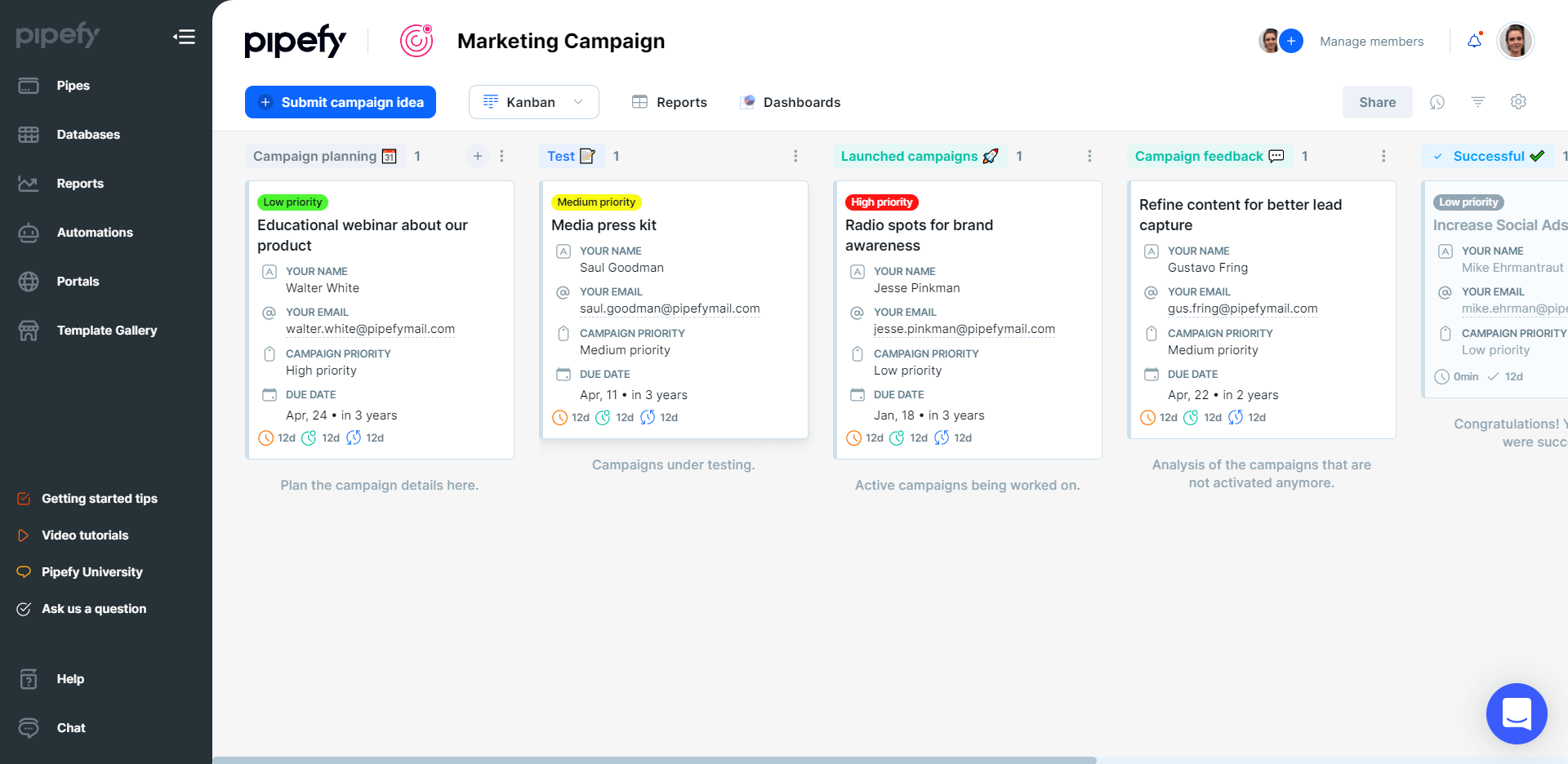
Features include: pre-built workflow templates, drag and drop form creation, automatic rules and triggers, personalized customization, connection with external apps, project management, etc.
Who Pipefy is good for:
-
- Companies that don’t have very structured or complex processes with intricate rules and conditions.
- Users that manage processes more like tasks and don’t need much complexity.
3- Decisions: It’s a no code process management platform.
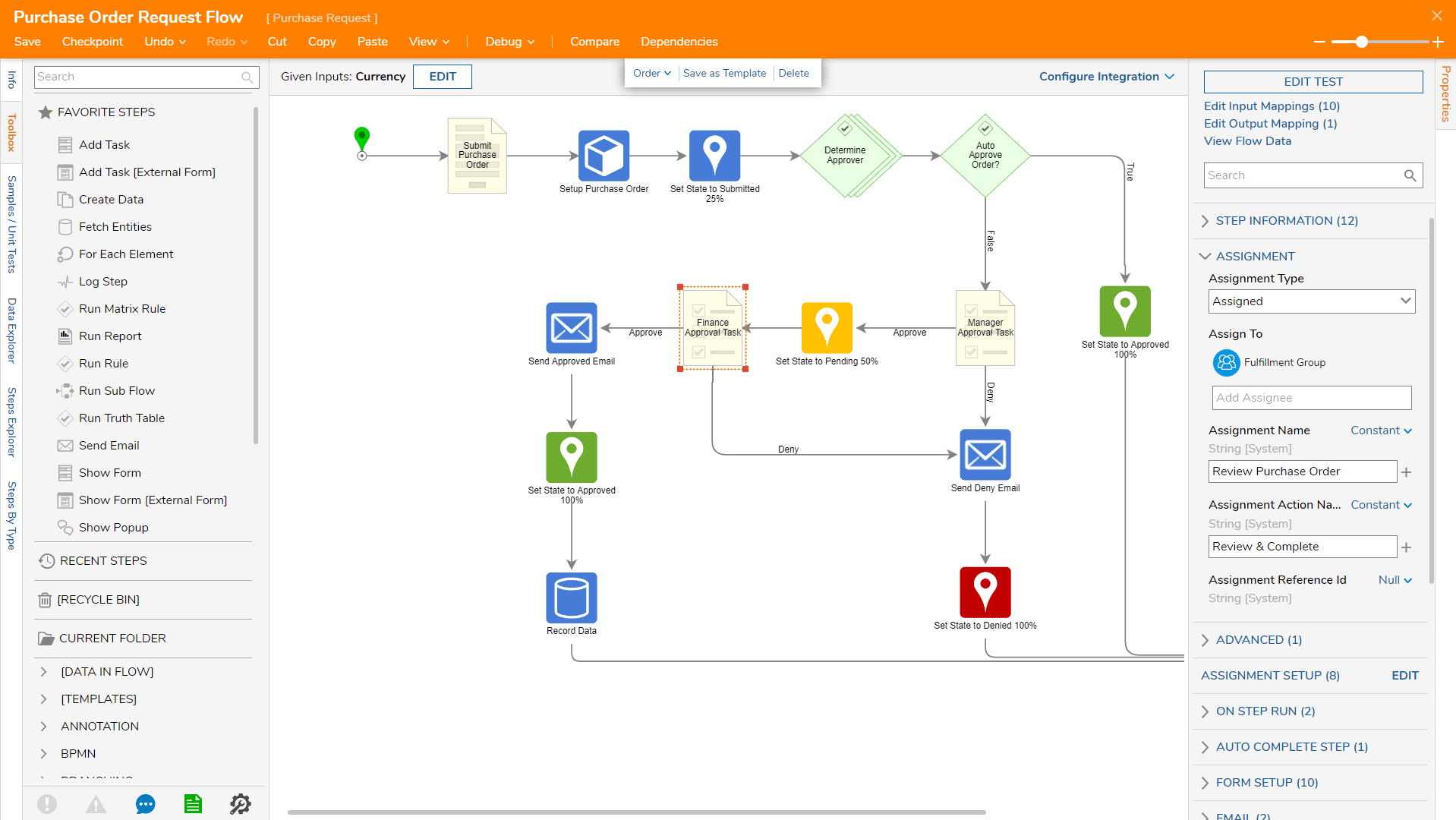
Features include: rule based automation, web forms building, process mapper, third party app integrations, dashboards and reports, workflow steps library, etc.
Who Decisions is good for:
-
- Medium and large companies with well structured processes. With ample budget or no time constraints, as it takes time to get a hang of this tool and may not be suitable for more modest budgets.
5 No-Code Vertical Automation Tools to know heading into 2023
1- Customer Service Support: Zendesk Support Suite.
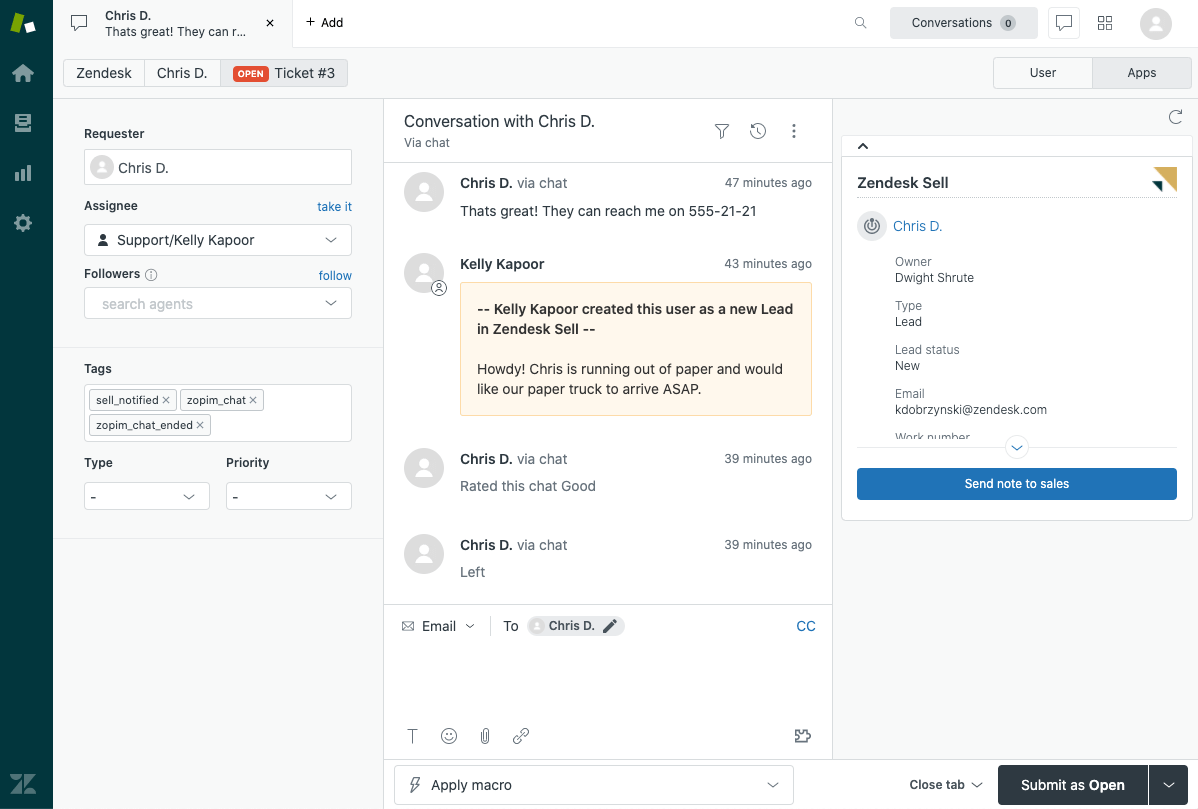
Reason why we chose it: It’s an all-in-one omnichannel tool that lets you manage customer service from one single place. It allows users to manage requests and switch between email, live chat, messaging, social, or voice without disruption. You can do it in an unified way, from one single place.
2- Task Management: Monday.com
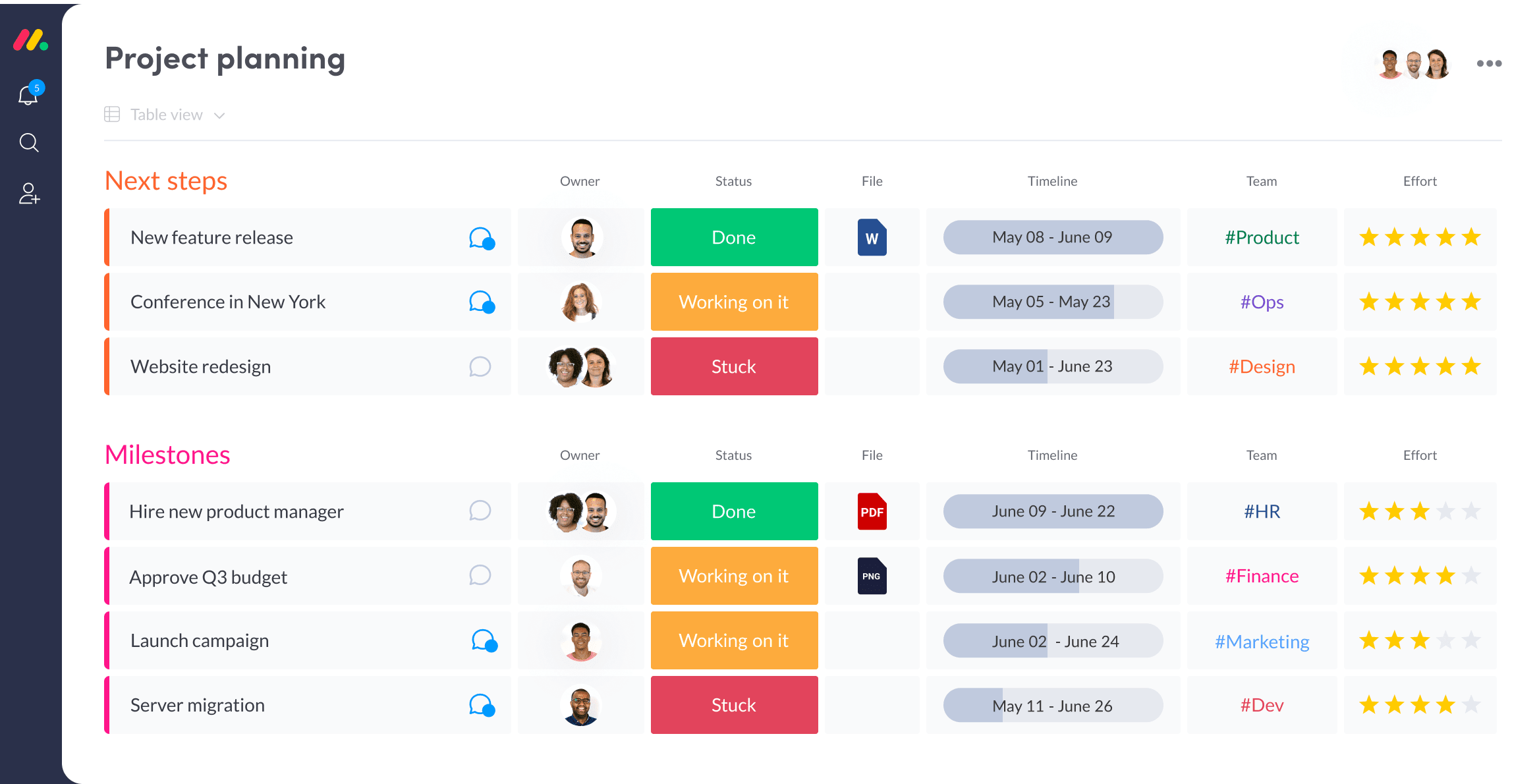
Reason why we chose it: It’s a complete and versatile app to manage any type of task in any industry. Plus it has many integrations with popular apps to automate subsequent processes. It’s an easy-to-use, visual interface that lets any team member jump in and get started, no training required.
3- Project management: Asana
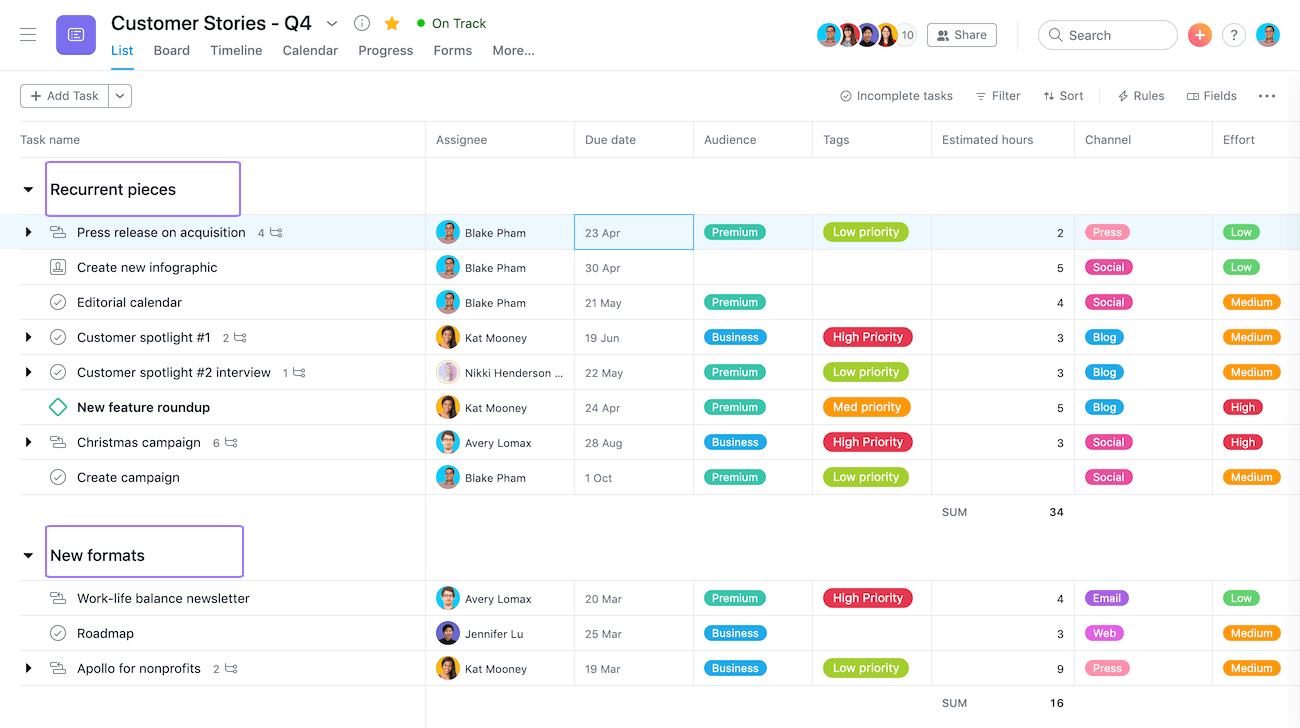
Reason why we chose it: It’s a simple, intuitive, very visual platform to create and track your projects and collaborate. It helps users to map out each step of the project and organize all the details in an easy to follow way. It offers different views to choose according to preference.
4- Sales: Hubspot

Reason why we chose it: it’s a 360-degree marketing tool that packs a heavy punch when it comes to sales and marketing. It offers content support, content creation tools, email marketing, contact management, Salesforce integration, a full social media suite, advanced reporting; etc.
5- Contract Management: DocuSign
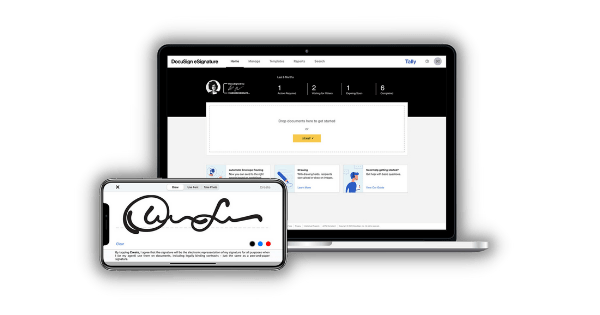
Reason why we chose it: It’s a simple, intuitive and flexible tool to streamline the full contract cycle, automate agreement generation and esign with multiple e-signature options. Features include configurable contract workflows, centralized agreement repository, collaboration, document automation, etc.
Conclusion
Both low-code and no-code processes are becoming more and more prevalent in today’s world. Whether you are a developer, an app builder, or a business professional with no coding knowledge, the right platform is available.
Finding the right solution to help you automate processes will create better cohesion between your team, and eliminate human error. All you have to do is determine what your needs and goals are.
Are you ready to find the right no-code solution that works for both web and mobile interfaces?
Automate your processes in no time with a powerful No-Code Automation Tool!




